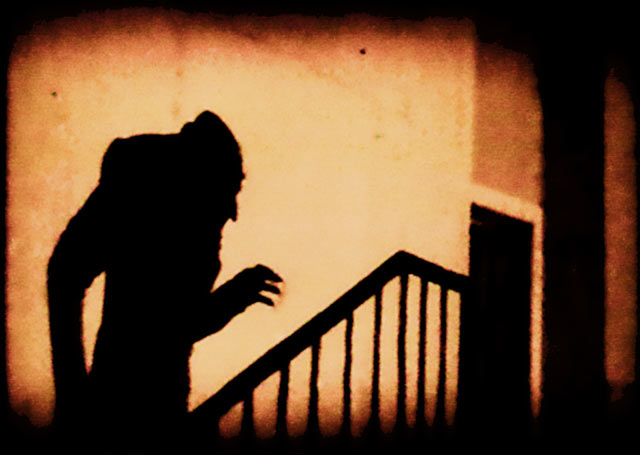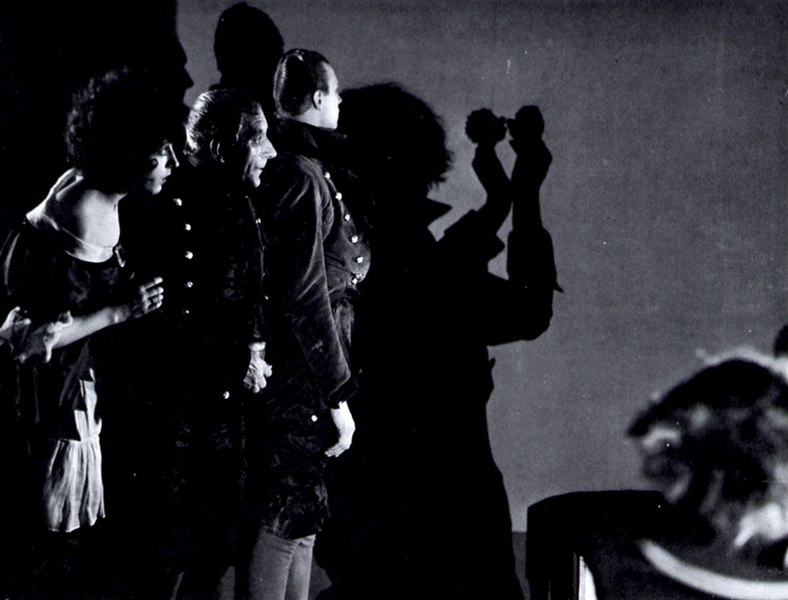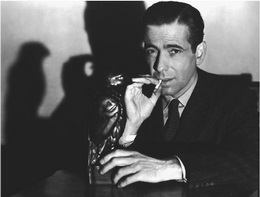In the early twentieth century, Expressionism developed antagonistically as a reaction to the well established Impressionist movement. The movement was part of a wider cultural transformation throughout European but asserted itself most vividly in Weimar Germany. Germany Expressionists sought to represent the world in a primarily subjective manner, focusing upon psychological and emotional states rather than the physical world. As Edvard Munch put it, "No longer shall I paint interiors with men reading and women knitting. I will paint people who breathe and feel and suffer and love."

His famous painting The Scream (1893) was a source of inspiration for the movement.

One White II (1923) by Wassily Kandinsky.

Geschwister (1913) by Erich HeckelThe movement was not confined purely to fine art, finding room for expression in theatre, literature and (most interestingly for me as a former film student) cinema.

Das Cabinet des Dr. Caligari (1920)

Nosferatu, eine Symphony des Grauens (1922)

Schatten - Eine nächtliche Halluzination (1923)World War I was a major factor in the development of the movement, as the huge amount of casualties resulted in a preoccupation with death. The distinctive use of angles, chiascuro, shadows, use of reflection, anthropomorphism, optical illusions and abstractionism illustrates this and continues to have a profound influence on other art forms. Because of the severe economic recession affecting Germany at the time, filmmakers were unable to afford grandiose methods of film productions, but these restrictions enabled them to develop a new style of filmmaking whilst critiquing society. There is no denying that 1920s German cinema was thematically and stylistically miles ahead of the silent Hollywood era which focused upon narrative content in a successful bid to generate money and establish a film industry.
As the majority of Expressionist filmmakers were Jewish they emigrated to America to escape Hitler and began to make films there, having an immediate impact as evidenced by the huge success of the film noir genre. Although film noir (and, subsequently, neo-noir) drew upon a variety of movements the influences of German Expressionism are abundantly clear.






Dark, foreboding but simultaneously sexy & glamourous. Love.













